|
This week and next we’ll have a fireplace professional and educator on the show who will help us understand the different types fireplaces and educate us about some fireplace misconceptions. We’ll also talk about his favorite type fireplaces and the greatest piece advice he has for consumers. In part one of our talk, he’ll focus on breaking down the major categories of fireplaces for us. It’s a great interview, so let’s get right into it.
INTERVEIW SUMMATION:
Jake: I'm Jake Cromwell and I own a company in NW Arkansas called Top Hat Chimney and Roofing. For a little over 22 years I have worked for or owned this company. I became a super geek about fireplaces early in my career. I’ve become an educator for the Chimney Safety Institute of America, the premier certification and education institute for chimney professionals. I also spend time as a consultant for other chimney companies in developing installation and sales teams, basically teaching them how to inspect chimneys. Michelle: Let’s talk about the different types of fireplaces. Jake: There is an incredible variety of fireplaces, but there are basically two different types of fireplaces. All fireplaces are simply a way to put a 900-1400 degree fire in the middle of a wood structure. That’s the perspective I want everyone to have— I'm putting a very, very hot, large fire in the middle of my prized wooden structure. The two main categories of fireplaces, generally speaking, are: 1. Masonry— also called a site-built masonry fireplace. They are permitted to be built on site with a looser set of standards and codes. These standards might include a standard for the amount of masonry needed for its construction. The individual components of a masonry fireplace (firebrick, grate, inspection door, or ash clean out door) are fabricated according to specific standards. So although the entire unit is not built to specific standards, the components that make up the fireplaces are built to specific standards. 2. Factory built—they are built in a factory and those factory built systems are engineered and tested and approved for specific use. That means it is extremely important that factory built fireplaces are ONLY used very specifically as indicated and described to be used by the manufacturer’s instruction manual. To deviate from that, puts the user at risk. Look for the UL label to ensure the unit has been tested. If you try to modify any fireplace, you put yourself at increased risk. Michelle: It sounds like if we use them as designed, we’re safe with either a masonry or a factory built fireplace. Jake: That word "safe" always gives me a lot of hesitation. Anytime you put a fire in a house, it is inherently unsafe. In terms of minimizing risk, the best you can do with a fireplace is use it exactly how it is described in the manual. A masonry fireplace should typically be inspected annually because it goes through so many changes due to weather or seismic activity or use or abuse. If it’s not inspected periodically, you don’t know what types of risks you’re taking. Those inspections should include a camera to inspect the interior of the fireplace. Michelle: It seems that factory built fireplaces are the most popular with homeowners and builders by far. Jake: In the early 80s factory built fireplaces were really introduced heavily. They’ve been around for a lot longer, but they started increasing in popularity in the 80s. They were marketed as an easy-to-install fireplace. This is in contrast to a properly built masonry fireplace. In my 23 years in this business, by the way, I have never seen a properly installed masonry fireplace. Michelle: Let’s talk about Vented/Direct Vent vs Ventless Fireplaces. Jake: There is actually a broader category of fireplaces that should be mentioned before we get into vented or unvented. The broader category is fuel type: Wood burning Natural gas Liquid propane Pellet We’ll exclude pellet and propane fireplaces from our discussion since about 99% of open fireplaces installed on walls of homes are wood or gas. Typically the first thing we want to identify is what type fuel of being used because the burning characteristics of burning wood or natural gas are different. I prefer an open masonry wood burning fireplace because of the feel and smell and history of them. But with a factory built fireplace, we have to ask what are you trying to achieve. If you really want to get significant heat in the home, there are a couple of ways to go about that. Or if you’re trying to add ambience or design elements or aesthetics to a room, there are other ways to approach that. If you want to burn wood, know that it comes with a little mess because you need to bring wood in and carry ashes out and sometimes it will draft differently and you will end up with a smell that is kind of scary. If you want heat and design, I would send you to a hearth store (fireplace dealer) or professional installer who could give you options for either high efficiency or low efficiency wood burners. In most homes today are what you call “builders boxes.” A sheet metal factory built fireplace that is low efficiency fireplace that are inexpensive. They are extremely inefficient by design and most of the heat goes out of the chimney because they don’t want the heat to transfer to the adjacent walls. It was designed so anybody could install it— a framer, builder, or assistant. They insert into a wall with a 2 inch clearance from combustible materials. They insert into a wall and you frame around it. They are $1500-$3000 for everything (in contract to a masonry fireplace which can cost $20,000-$100,000). This inefficient builders box fireplace can add $20,000-$100,000 of value to a home for an extremely low cost of parts and labor. There are so many of them out there. They will not heat your home. You can feel the heat if you sit or stand in front of it, but the amount of warm air generated by your home's primary heating system will escape through that fireplace system. They can have a gas log set. Some are for gas and/or wood. And some are unvented. The unvented fireplaces are sometimes referred to as “lung vented,” [meaning that we breathe in the combustion contaminants]. I’ve investigated multiple deaths because of carbon monoxide poisoning. Chimneys can leak carbon monoxide. If you are looking to have a fireplace installed, you must involve a professional. Medium or high efficiency wood burning fireplace (builders box). These are easy to identify because they have a heavy steel framed glass door that seals and locks tightly. This heavy door allows the fireplace to contain the heat and controls the amount of air that goes in and out very efficiently. You can get a lot of heat from these units and can put a heat exchanger on those that allows for warm air to blow around the fireplace and delivered to room by fans. These are more expensive, but not that much more difficult to install. I really like these. If you’re going to be in the factory built fireplace world, I’d like to see a high efficiency unit. They are safe and deliver a lot more heat to the house. Direct Vent High efficiency gas fireplaces. They are beautiful. This is a great option if you don’t want the headache of wood, but do want to get the heat out of it, don’t want a lot of maintenance and don’t mind spending a little more and if you want to add function and value to home. It has a sealed off glass front. You’ll probably never have to open it or clean it. A professional might have to open and maintenance or clean it 4-5 times per decade. Looks like a gas log fireplace but with just a 3 inch chimney/vent and a 3 inch intake. These vents go through the roof or through a wall. We can transfer or radiate the heat from these fireplaces into the room because we have control of the intake and output air. That was part one of my interview with Jake Cromwell of Top Hat Chimney and Roofing. Special thanks for him for all the great information he gave us. In a couple of weeks, we’ll have the second part of the interview where Jake will tell us more about direct vent fireplaces, what we need to look for if we want to mount our TV above our fireplace and where we can find certified fireplaces professionals. Make sure you follow us or subscribe to the podcast so the next episode will be automatically downloaded to your podcast Library as soon as it’s released. Please remember that the purpose of this podcast is simply to educate and inform. It is not a substitute for professional advice. The information that you hear is based the only on the opinions, research and experiences of my guests and myself. That information might be incomplete and it’s subject to change, so it may not apply to your project. In addition, building codes and requirements vary from region to region, so always consult a professional about specific recommendations for your home.
0 Comments
Your comment will be posted after it is approved.
Leave a Reply. |
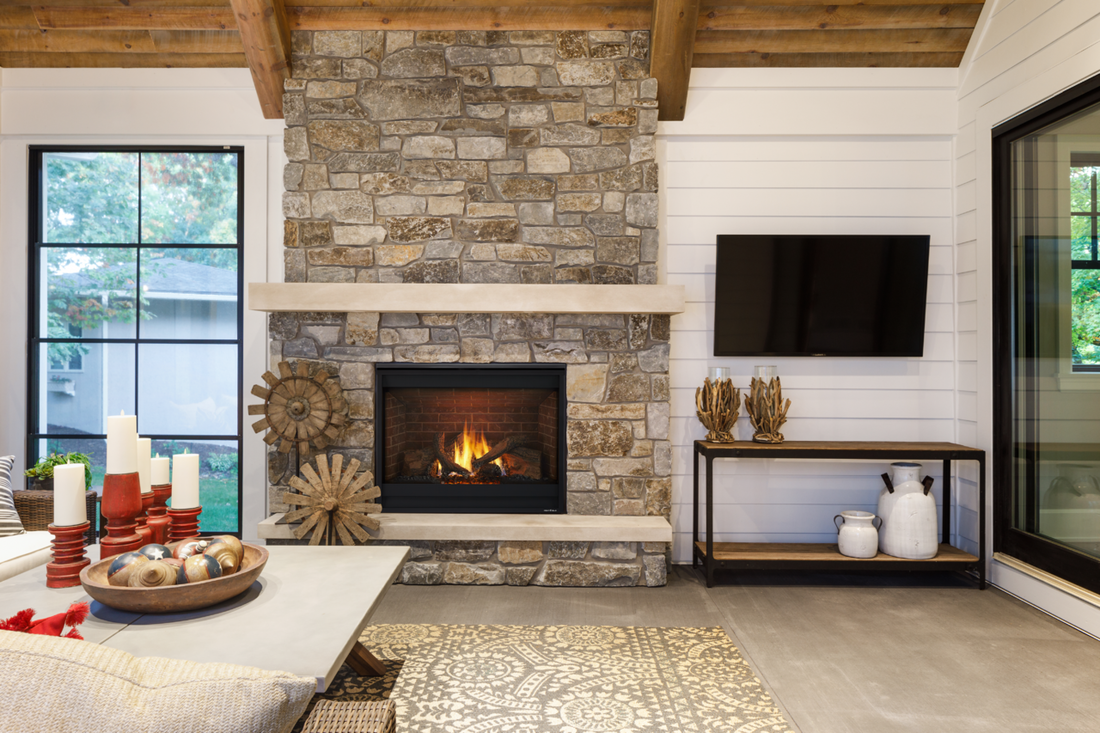
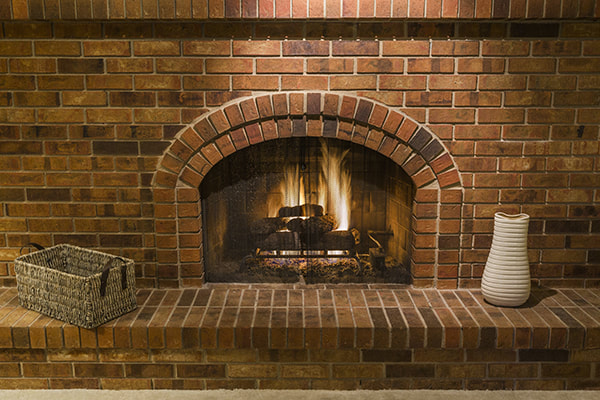
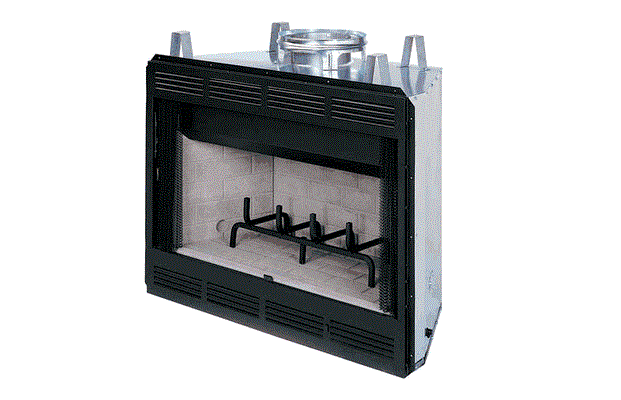
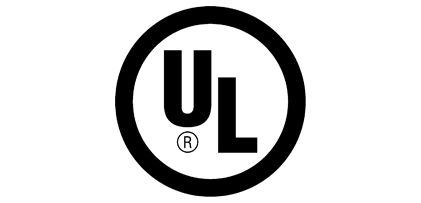
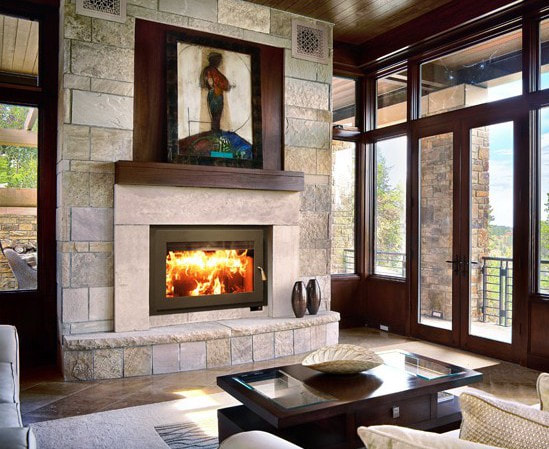
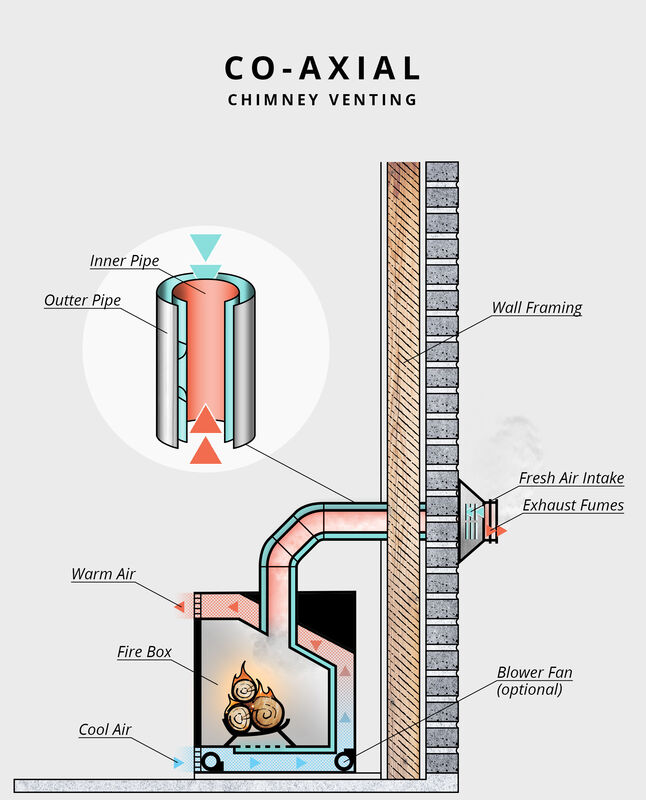
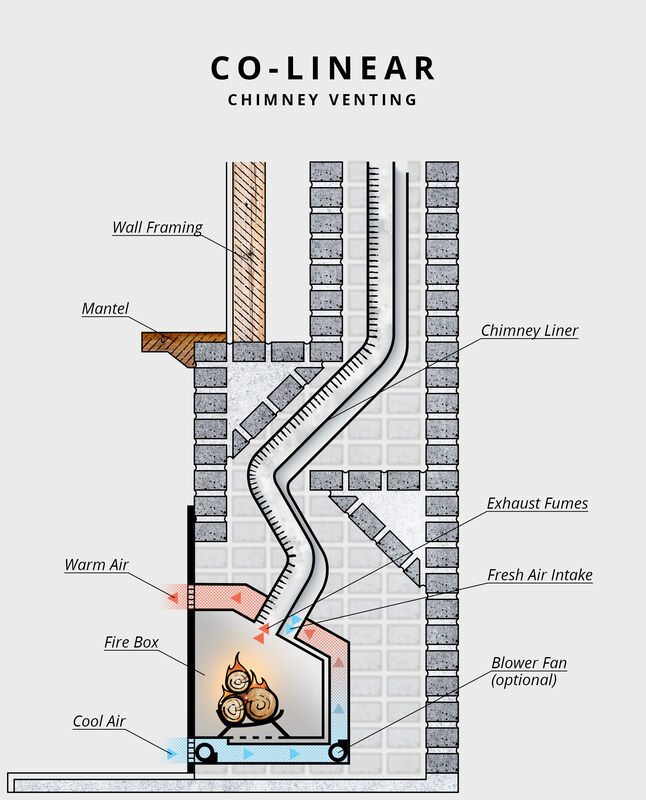
 RSS Feed
RSS Feed